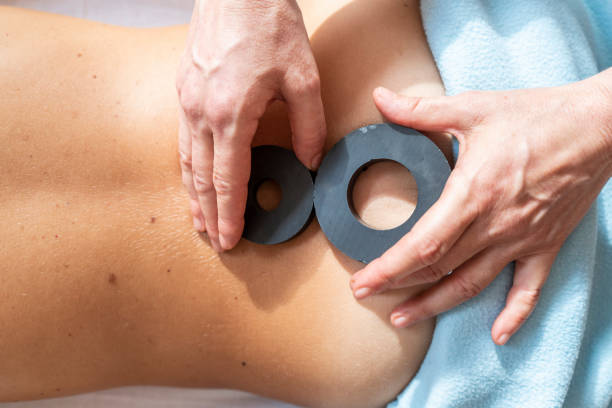Introduction:
Equine-assisted psychotherapy incorporates horses into the therapeutic process. People engage in activities such as grooming, feeding, and leading a horse while being supervised by a mental health professional.
Goals of this form of therapy including helping people develop skills such as emotional regulation, self-confidence, and accountability.
Who It’s For?
Equine facilitated psychotherapy may be just as effective with children and teens as it is with adult clients. Equine-assisted psychotherapy allows youth, and people of all ages, to work on issues such as:
- Assertiveness
- self-confidence
- Developing and maintaining relationships
- Emotional awareness
- understanding
- Impulse control
- Problem-solving skills
- Social skills
- Trust in others
- Trust in self
Benefits:
Although a variety of animals can be used in the psychotherapeutic process, horses offer unique traits that have made them a top choice for animal-assisted therapies. According to many anxiety experts, horses bring the following unique elements to the therapy process.
Non-Judgmental and Unbiased
As much as humans, especially therapists, do our best to offer a safe space for clients to explore deep emotional hurts and painful experiences, it can be uncomfortable for clients to openly share their thoughts. Building therapeutic rapport can take time as participants working toward building trust and practicing vulnerability in session.
Having the horse present may offer a sense of calm, as they only will react to the client’s behavior and emotions with no threat of bias or any judgment of their emotional experience.
Feedback and Mirroring
Horses are keen observers and are vigilant and sensitive to movement and emotion. They often mirror a client’s behavior or emotions, conveying understanding and connection that allows the client to feel safe.
This also allows for clients to maintain a sense of self-awareness, using the horse’s behavior and interactions for feedback and opportunities to check in and process what is happening in the moment.
Managing Vulnerability
As clients might find themselves vulnerable when trying to open up about emotional challenges, past experiences, or life transitions, the horse can offer a reference point to use for processing.
Other Benefits
Some other potential benefits of equine therapy include increased:
- flexibility
- Distress tolerance
- Emotional awareness
- Independence
- Impulse control
- Self-esteem
- Social awareness
- Social relationships
Horses also require work. They must be fed, watered, exercised, and groomed. Providing this type of care can often be therapeutic. It helps establish routines and structure, and the act of caring and nurturing something else can help build empathy.
Conclusion:
Although equine-assisted therapy has been shown to be helpful in the treatment of anxiety, a client may fear being around a large horse and not feel motivated to attend this type of treatment. There may also be a traumatic memory involving animals that would prevent someone from being willing to participate. It is important to speak with a trained mental health provider to determine if you or your loved one is a good fit for equine-assisted therapy. Most programs will have an assessment process to determine if EAP is right for you before beginning any treatment.



